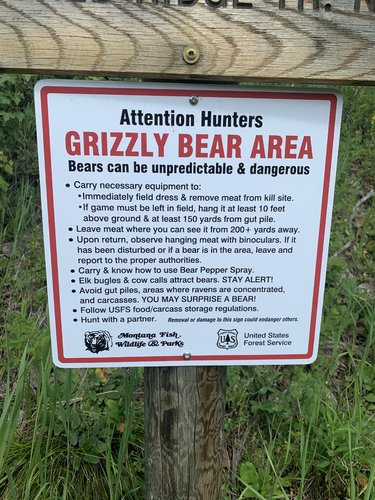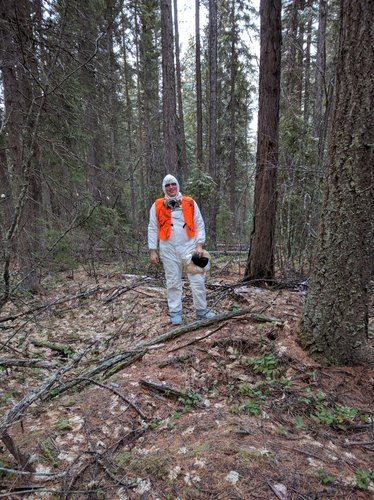406dn
Well-known member
- Joined
- Dec 12, 2019
- Messages
- 2,350
I always hope that a hunting trip will involve some blood on my hands, shirt or coat sleeve, pants and or boots. I do not worry about a bear spending much effort finding the source of an ounce or two of dried blood.
If you use the gutless method, there really isn't all that much blood to deal with. It also contains the smell of the carcass, I think. When you gut an animal, it gives off considerable scent.
If you use the gutless method, there really isn't all that much blood to deal with. It also contains the smell of the carcass, I think. When you gut an animal, it gives off considerable scent.






